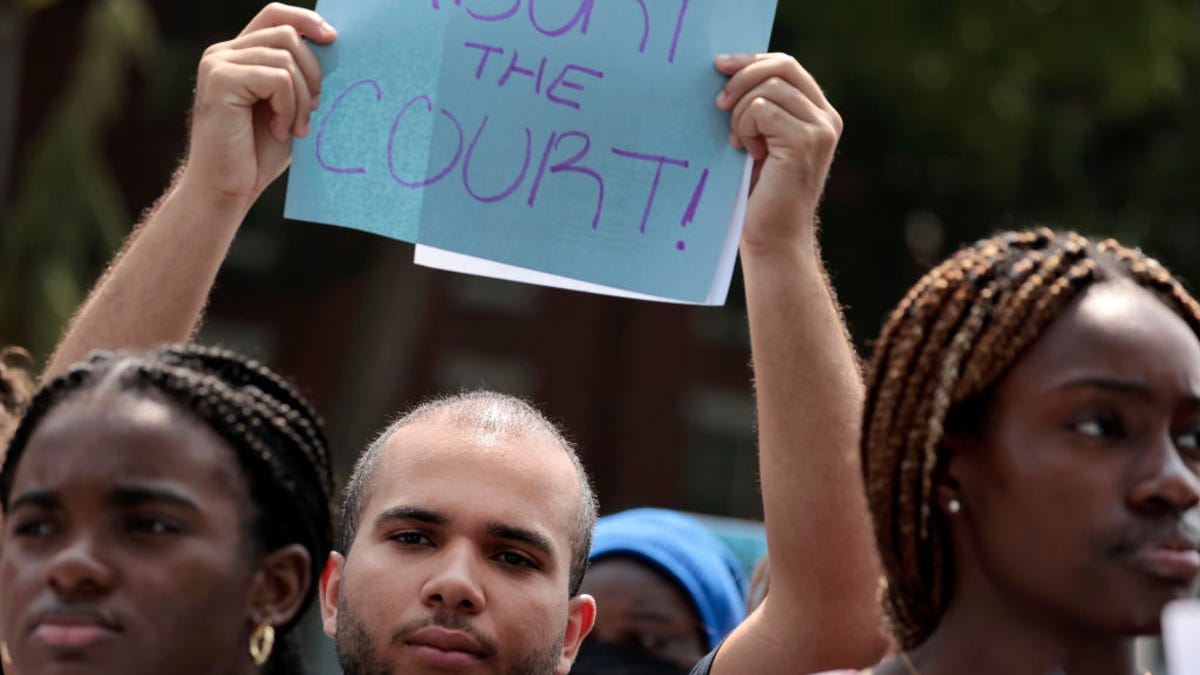Introduction
The decision by the United States Supreme Court to abolish affirmative action in higher education has sparked significant debate and concern, particularly regarding its broader implications on everyday life in America. The ruling dismisses the nation’s deep-seated racial history and its ongoing struggles with equality, suggesting an oversight that many find unsettling. This choice by the court has implications that ripple across various facets of American life, affecting everything from health and job opportunities to legislative actions and personal security.
The Wide-Reaching Consequences on Health
Efforts to mitigate health disparities, particularly the high mortality rates among Black mothers, have faced setbacks or legal challenges following the court’s decision. Programs like the Abundant Birth Project, which aimed to reduce obstetric racism by offering stipends to pregnant women of specific racial backgrounds, have been halted amidst claims of racial discrimination. This reduction in support programs is a direct hit to the health and well-being of vulnerable populations.
Job Opportunities and Employment Security at Risk
The corporate landscape has quickly felt the tremors of the Supreme Court’s verdict. Within months, several companies dismissed their Diversity, Equity, and Inclusion (DEI) officers, and numerous firms scaled back their DEI efforts. The cancellation of diversity-driven recruitment programs has not only diminished job prospects for many but also endangered job security for others, highlighting a regressive shift in corporate America’s approach to equality and inclusion.
Entrepreneurship and Access to Capital
Barriers to capital for Black entrepreneurs have intensified post-ruling. For instance, the Fearless Fund, an innovative venture capital firm dedicated to supporting women of color in tech and consumer goods, is now fighting a lawsuit alleging discrimination. This legal challenge reflects a broader resistance to efforts aimed at correcting systemic imbalances in funding, further widening the gap between rhetoric and reality in the pursuit of racial equity.
Each of these areas illustrates the far-reaching and often personal impacts of the Supreme Court’s decision, underlining the ongoing challenges in striving for a truly equitable society. As we navigate these changes, it remains crucial to recognize and address the real-world consequences of such legal shifts.
